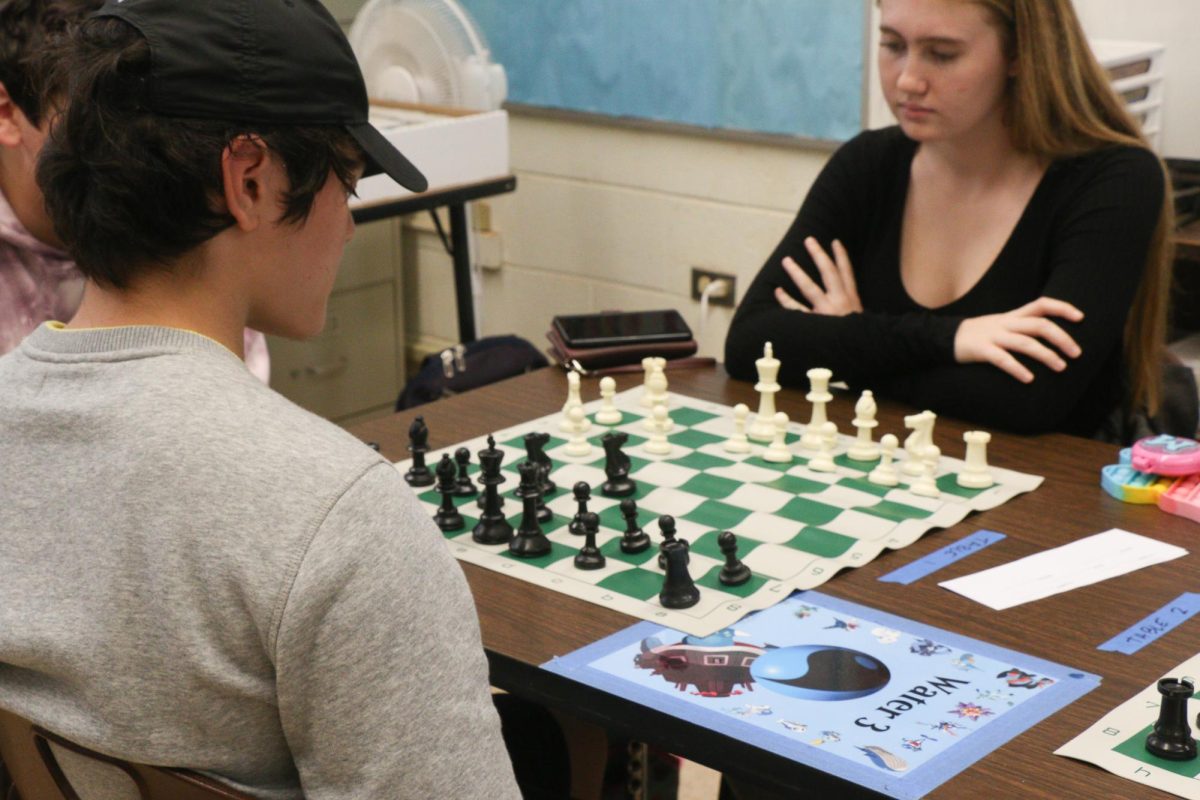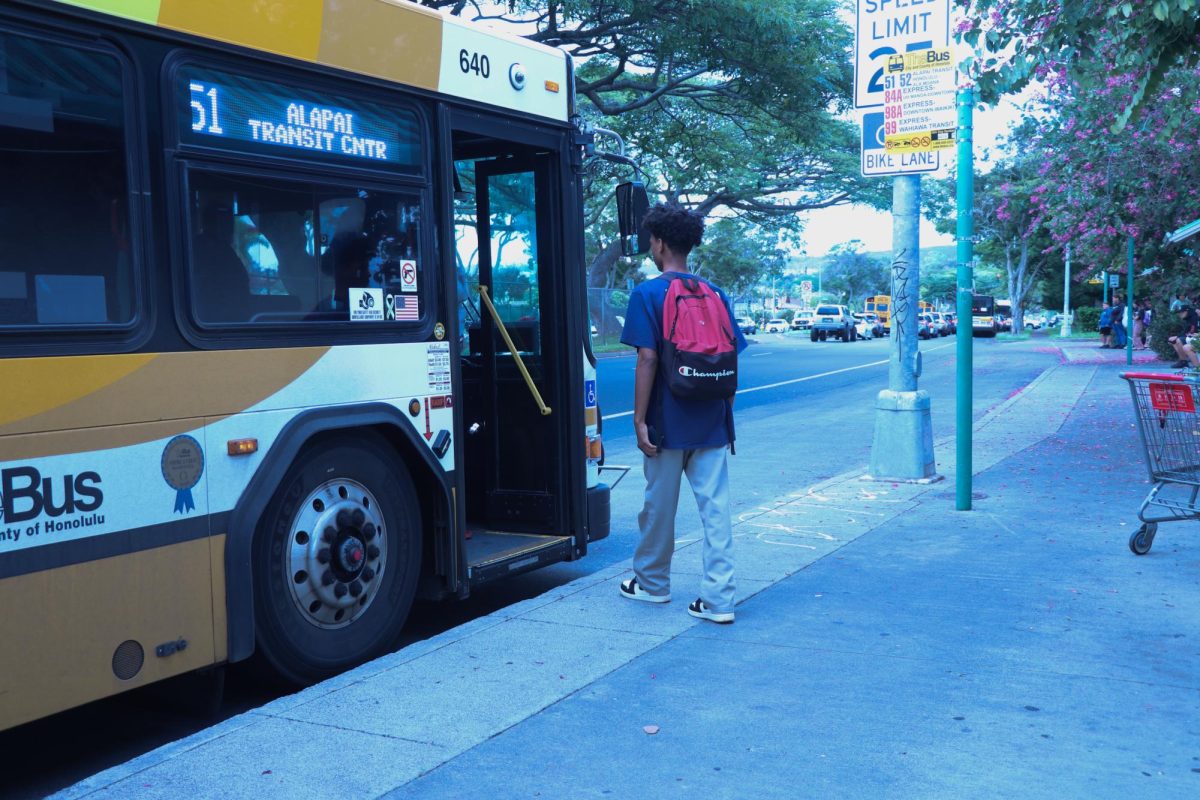Karen Neill
[email protected]
Last year, 71 percent of college seniors graduated with student debt and little means to pay it off. They received their diploma, the piece of paper they have been told their whole life is their key to success, and now they are learning that they will spend much of the rest of that life paying for it. And while they struggle to make ends meet and start their new economically independent lives, the government is making tens of billions of dollars a year off their interest. Not only is the outstanding student loan debt the highest of any form of debt ($1.2 trillion), besides mortgage debt in America, it is also the only form of debt that denies the opportunity to refinance, or lower interest rates when a better deal arises. A government helping its youth to get an education is a great investment in its country, but a government excessively charging that youth immense sums could crush our nation in the long run.
Student debt follows people for years and years after school, preventing them from buying houses and cars, starting small businesses, saving for retirement and other things that help nurture our economy. The housing business is slowing because young people aren’t buying houses at the predicted rate; their only affordable choice is to live with their parents to save money. And small businesses are harder to form while in debt because ironically that debt leaves you needing another loan to create a business and a bank is not likely to give a loan to someone already over their “debt capacity.” Unfortunately, 60 percent of jobs rely on the creation of small businesses, so it’s not hard to tell that limiting the ability to create a new business will harm America financially.
As a possible solution to crushing interest rates and the lack of youth stimulating the economy, Mass. Sen. Elizabeth Warren, an advocate for student loan interest reduction, tried to get The Bank on Students Emergency Loan Refinancing Act passed for the second time in September, only to get blocked once more. If passed, 25 million people would be given the opportunity to refinance their student loans to today’s rate of under four percent; some of their rates as of now reach as high as eight percent or more. Most of those against the bill oppose it because Warren plans on making up the government’s profit with the “Buffett Rule,” creating a minimum 30 percent income tax payment from people who earn more than $1 million annually. Although that is a titanic amount of money in taxes, it seems a fair trade as student loan debt is currently being used to compensate for the “one percenters’” tax breaks and loopholes. So as America’s middle class youth attempt to jumpstart their lives despite the debt that follows them and looms like a shadow, the wealthy are benefiting greatly.
However, besides taxing the wealthy, there may be solutions within the schools themselves. Most schools have endowments of at least a few million dollars in donations. For reference, University of Hawaii at Manoa has a total of $175.9 million in endowments and Harvard has $32.334 billion. Typically, strict policies limit them to spending only five percent of it a year on investments such as hiring professors, upgrading facilities and funding scholarships for students. According to investopedia.com, an endowment’s investment income could significantly lower tuition costs, and yet every year tuition prices increase without fail. In fact, since 1978 when the records began, tuition prices have increased 1,120 percent. If these institutions are sitting on a pile of money, investing five percent a year just to make it back, why isn’t the other 95 percent being utilized to take the weight off of students?
All in all, there is no reason to keep tuition and interest rates high. By lowering them, we could be securing a more economically stable environment in the near future. Student debt affects us all, so we should all be concerned with making it easier for students to repay it.







